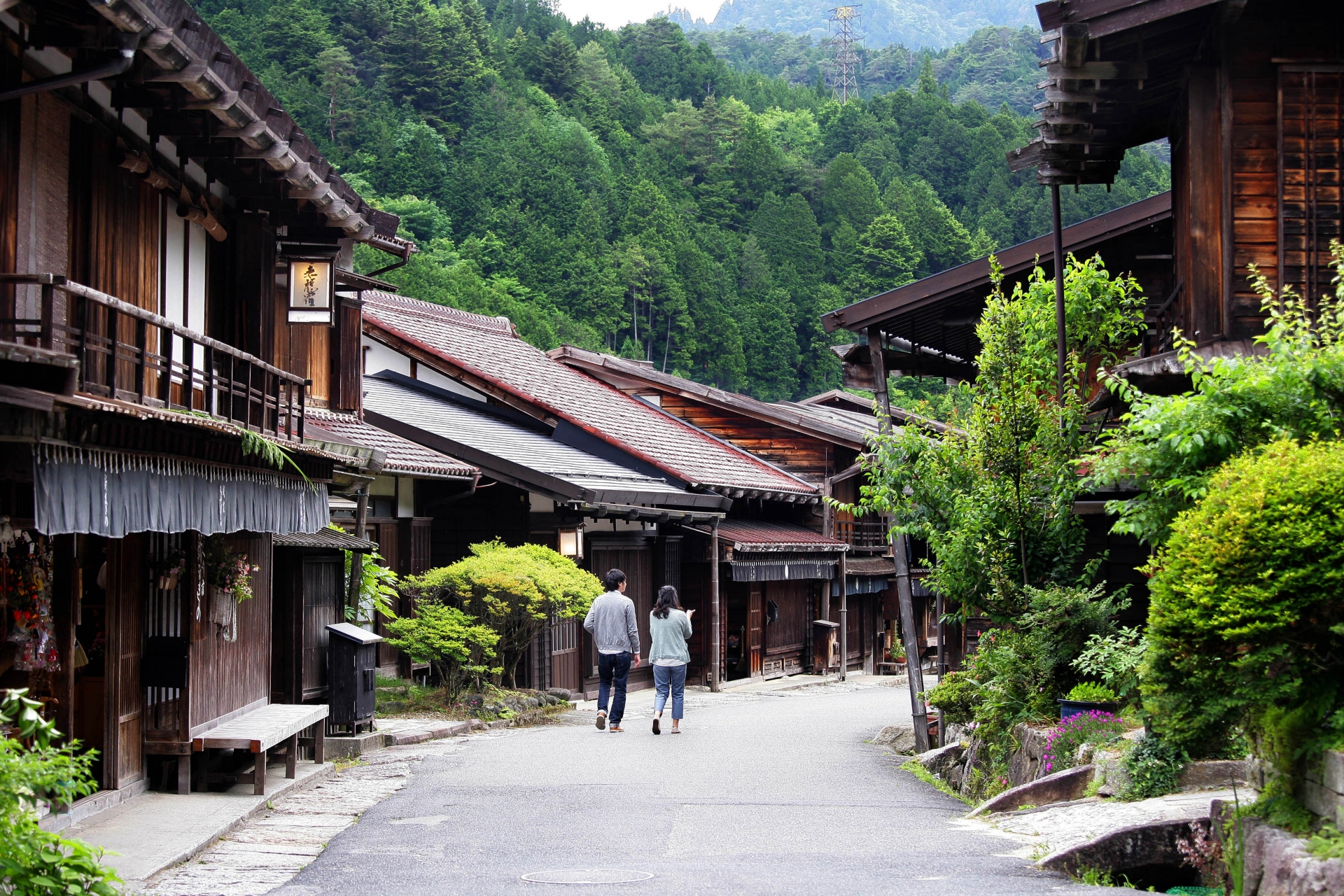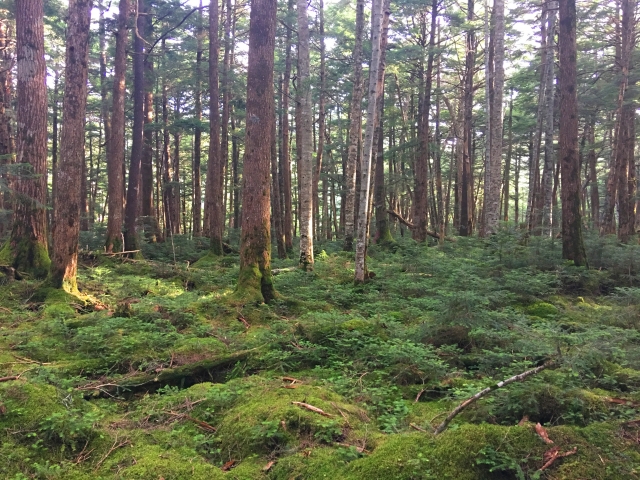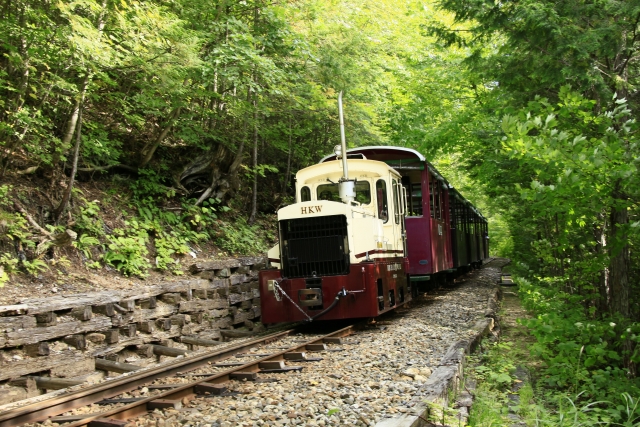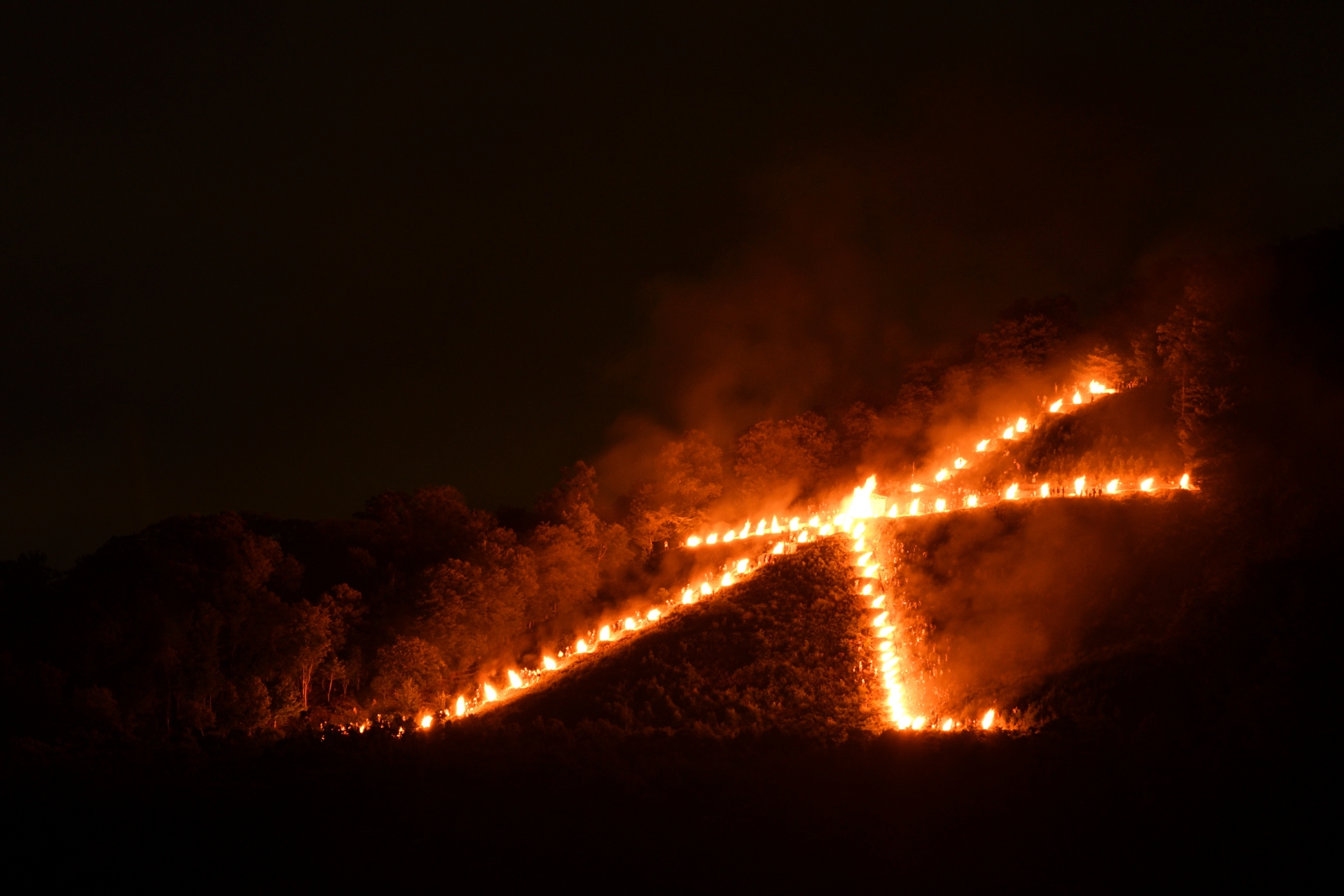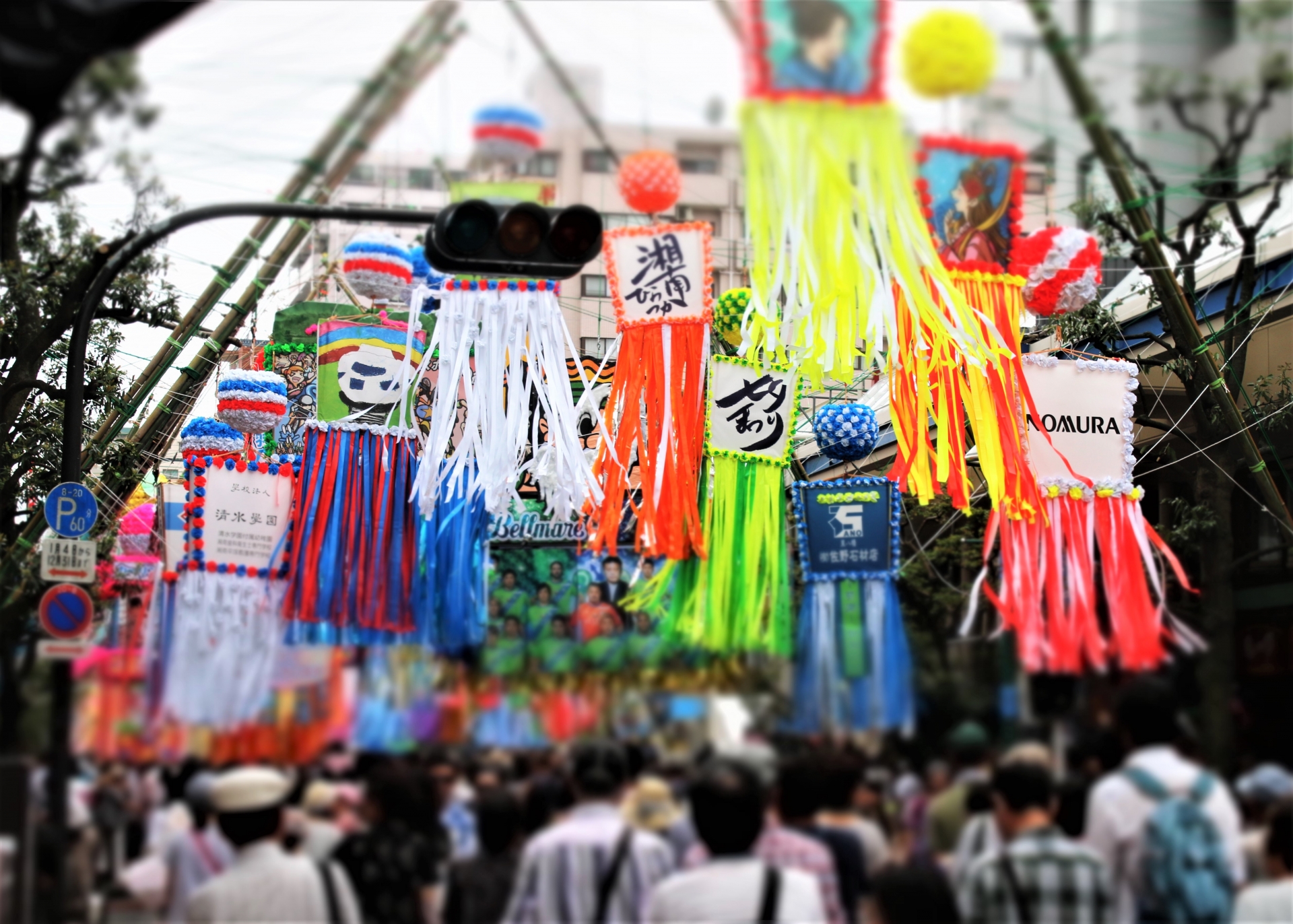When you plan to visit Japan, of course you are looking to visit the popular cities, such as Tokyo, Fukuoka, and Osaka. But outside of the urban areas, there are many hidden wonderful cities and towns as well. Kiso in Nagano, in the middle part of Japan, is one of these destinations. Sometimes described as “one of the most beautiful towns in Japan” among international visitors, Kiso is a hidden gem surrounded by mountains. Kiso Valley has a lot of attractive spots to visit and is widely known for the post towns of the Nakasendo Trail, an important route to travel back and forth between Kyoto and Tokyo on foot during the Edo Period. Here is some information about Kiso to help you make a travel plan.
How to get to Kiso
One of the main reasons Kiso remains a well-kept secret is for its remote location. There is no direct connection to either Tokyo or Kyoto, instead it can be reached on direct train lines from Nagano, Matsumoto, or Nagoya. In addition, a direct bus is operated between Takayama and several towns in Kiso from late spring until autumn.
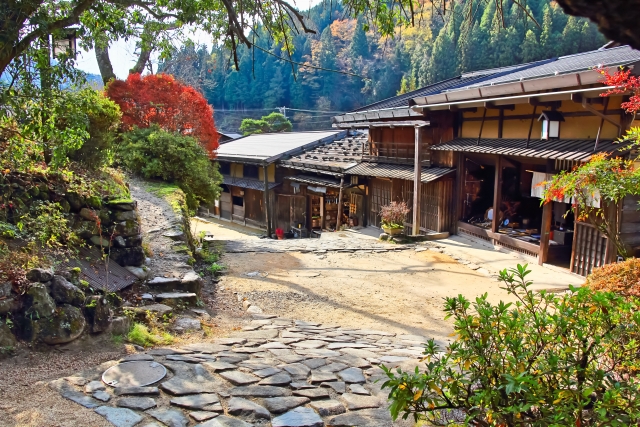
Kiso Valley
Nagano prefecture is located in the Chubu region of Japan in the middle between Tokyo and Kyoto. Compared to big cities like Tokyo and Osaka, it has a lot of greenery, high mountains and calm rivers, so that it’s usually seen as one of the best mountain retreats by urban citizens. Every year many travellers visit Nagano in August to get away from their cities in the very hot Japanese summer. The Kiso district is regarded as such a mountain retreat in Nagano. With close proximity to Tokyo, wonderful green nature and outstanding high mountains, Kiso will help you relax and cool down. Kiso is also famous for several trekking courses to enjoy stunning nature, such as mountains, forests, rivers, and valleys. Plus, these nature spots also set the stage for some fun outdoor activities, like hiking, rafting, golfing, fishing, and much more.
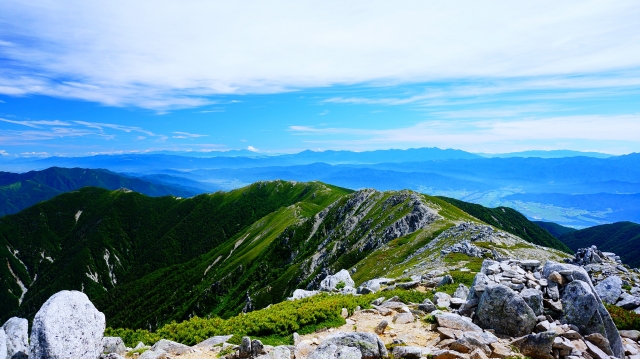
Kiso horses
Most especially, you can’t miss “木曽馬の里 (Kiso uma no sato)”, which translates as “a village of Kiso horses” in English. Kiso horses are one of the eight endemic horse breeds of Japan as well as the only indigenous horse breed from Honshu, the main island of Japan. There are about 30 Kiso horses, and breeding staff have been protecting and caring for them in the vast fields surrounded by mountain nature. Not only can you look at horses, but also you can ride on them by paying a horseback riding fee.
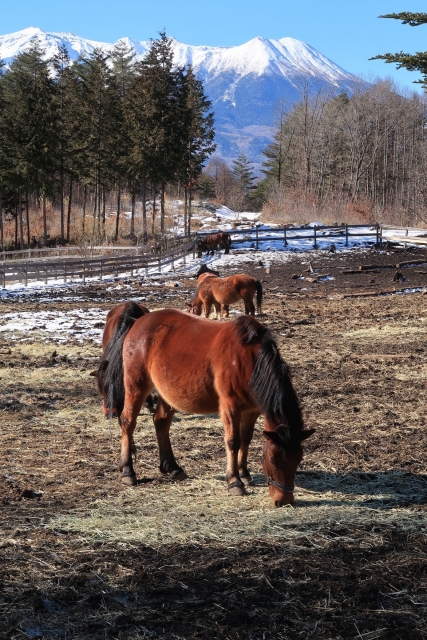
Atera Valley
If you ask the locals about a hidden gem in Kiso, their answer will probably be “Atera Valley (阿寺渓谷)”. Atera Valley is an outstanding valley in Kiso where a beautiful river flows. The most stunning beauty of this valley is the color of the river, which is often described as “the emerald green river”.
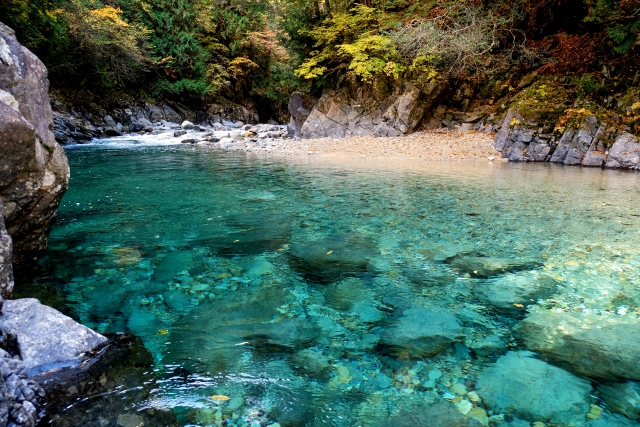
Nakasendo Trail
For centuries, the Kiso Valley was one of the main gateways to travel between Tokyo and Kyoto. Nakasendo, as known as Kisokaido, was one of five routes of Edo and a route to Sanjo Ohashi in Kyoto from Nihonbashi bridge in Tokyo. The complete trail is 534 km (331.8 miles) long and back in the Edo Period, it would take people 20~30 days to complete this journey on foot. The basis of five routes, including Nakasendo, was established by Ieyasu Tokugawa, the first shogun of Edo Period, to reinforce his political control by road maintenance. He proceeded to build roads by covering them with sand & gravel and fixing them. It was Hidetada Tokugawa, the second shogun and Ieyasu’s son, who officially recognized his father’s roads as five routes and determined Nihonbashi bridge of Edo (an old name of Tokyo) should be the start of all the roads. The construction of the Nakasendo was completed in 1694 and a lot of daimyos utilized this road to get to Edo from their castles.
Kiso Post towns
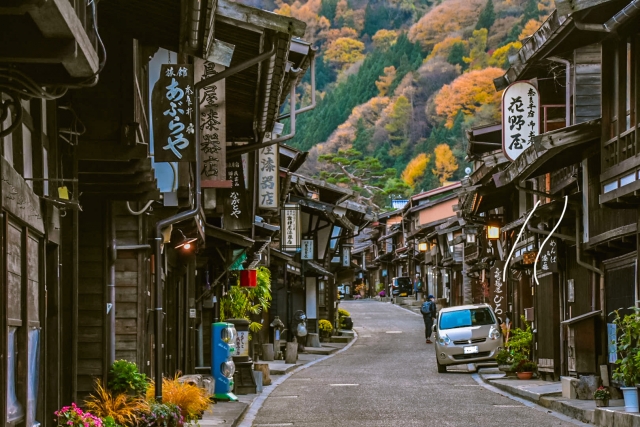
Along the Nakasendo Route, a total of 69 so-called post town would offer a rest place for the travellers. Post towns were constructed for those who were trekking across five routes, and a lot of ryokan were built along the route to give them relaxation and meals. Since these five routes were considered as an exhausting journey, post towns developed were very precious spots at that time. Every few kilometer these towns developed along the Nakasendo trail, 69 post towns in total, and Kiso was home to a dozen of them. Tsumago (妻籠) and Magome (馬籠) are two of the most popular post towns that are extremely well preserved.
Today you can still walk parts of the Nakasendo Trail and visit some of the post towns. Most people walk the part between Magome and Tsumago. This part of the route is approximately 8 kilometer route and is the most popular because the two post towns and super well preserved. There are a gentle elevation changes on the route and you can enjoy a leisurely 3 to 4 hours hiking. No special footwear or equipment is necessary, but it’s better to wear some comfortable flat shoes. You can start from either Magome or Tsumago, but the route is easier if you start from Magome because of the elevation.
The different post towns located in Kiso are all accessible by public transportation, either by bus or by train. From Nagoya or Nagano take the local train to Nakatsugawa or Nagiso and get on a local bus to get to Magome or Tsumago, the two popular post towns. Buses depart about once an hour and visiting the post towns can be done as a day trip, but we recommend to spend the night in the traditional towns. Stay at one of the local ryokan and make most of your stay! If you are set on a day trip we recommend to plan your trip carefully.
More details on the different post towns In Kiso
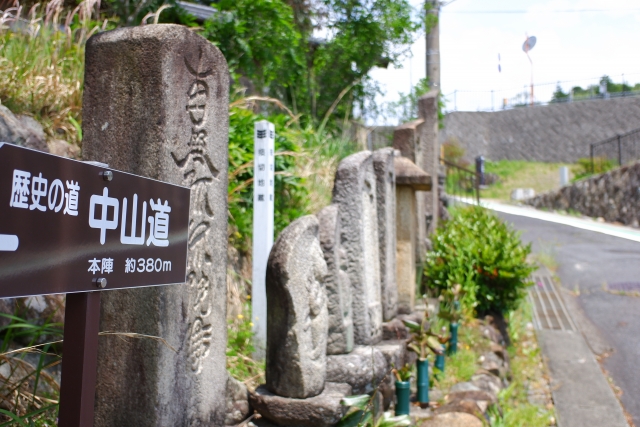
Hiking trails
Since Kiso is surrounded by a lot of beautiful nature with the mountains of the Central Alps and Mount Ontake nearby, several hiking trails have been paved for visitors and residents. Especially, Nakasendo in Kiso introduced above is popular among tourists from all over the world. You can refer to a suggestion for your plan to visit Nakasendo.
But there are several other hiking trails in Kiso that are great for a day trip into nature. The Kiso Valley is a great place to feel an Edo atmosphere and enjoy a magnificent natural scenery. We’ll introduce some of the best spots below.
Mt. Ontake
Mt. Ontake is an active volcano (3,067m) in Kiso, also known as Mount Kiso Ontake. The sacred mountain attracts a large number of hikers and pilgrims who have been coming to the mountain for centuries. On September 27th in 2014, this volcano suddenly erupted and 58 people were killed while they were hiking. Despite showing it’s fury in the past, Mt. Ontake is well-known for a spectacular views and you can see other beautiful mountains there. There is also a ropeway that can take you near the summit, if you are not confident about hiking your way to the top. An area of 1 kilometer around the crater is off-limits after the unexpected explosion of 2014.
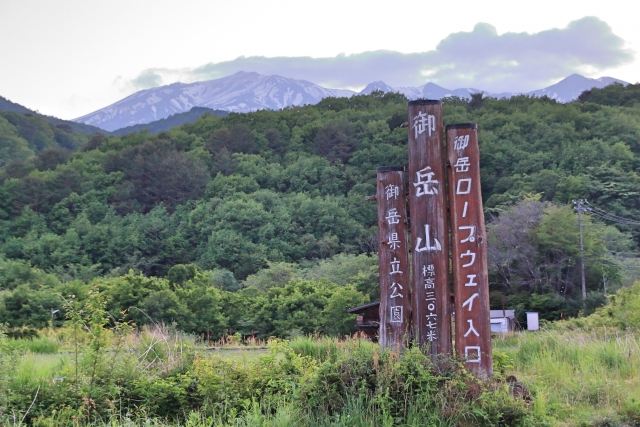
Nakatsugawa
Nakatsugawa is a small town in Gifu prefecture next to Nagano prefecture and is well-known as a place where Kuri kinton (栗きんとん), a Japanese chestnut sweet, comes from. There are several spots to visit in this area, but especially Tsukechi Gorge in autumn is a must-visit spot and you can see a beautiful view full of autumn leaves. The town is also a good starting point if you want to hike parts of the Nakasendo Trail to Magome, Tsumago, Kiso-Fukushima or Narai. There are several well-preserved buildings and warehouses dating back to the Edo Period, as well as some peaceful temples and shrines. In the area a popular form of entertainment was the traditional kabuki and there are a number of local theatres that still hold performances today.
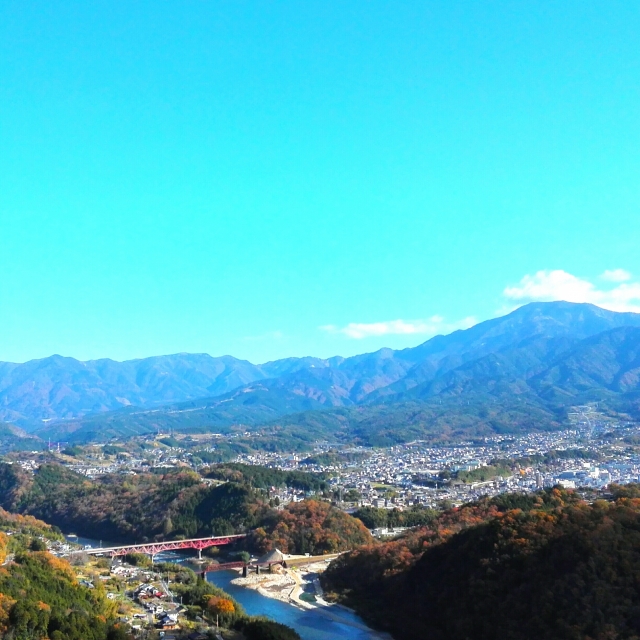
Naegi Castle ruins
If you want to visit somewhere historical, Naegi Castle (苗木城,) will be a good choice. Naegi Castle was built by Naokado Tōyama, one of warlords of the Sengoku Period. Unfortunately, the castle itself was dismantled in the Meiji Period, when Japan was changing and castles lost its function. The stone foundations still stand and there is an observation tower built on the location where the castle once stood, and you can enjoy a great view of the Nakatsugawa townscape and the Kiso River. The ruins are located a short drive from Nakatsugawa Station.
Akasawa Natural Recreational Forest
Akasawa Natural Recreational Forest is a coniferous forest that extends to the southwestern part of Agematsu Town in Kiso. The huge forest (759 ha) is home to a large number of Kiso cypress trees and offers many hiking trails accessible for hikers of all levels. About 100,000 people visit there annually to enjoy the nature of this forest, either on foot or from behind the windows of the restored train. The Akasawa Forest is seen as the birthplace of forest bathing, a vital part of preventative healthcare in Japan!
Momosuke Bridge
Momosuke Bridge, known also as Peach Bridge, is a wooden suspension bridge crossing the Kiso River and was built in the Taisho period. Momosuke bridge was constructed by a president of an electric power company, who tried to build a hydroelectric plant which produced energy by utilizing fast flowing Kiso river. This bridge was built for a purpose to carry materials to the hydroelectric plant, but local people also used the bridge for their own travels. There is a nice loop from the train station, crossing the picturesque bridge with some restaurants and café’s along the way, perfect when you are waiting for the train.
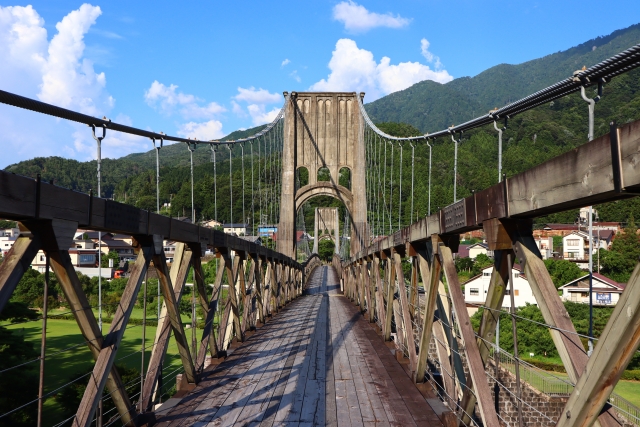
Kiso is Nagano is a great place to catch a glimpse of life back in the Edo Period. Surrounded by nature, the well-preserved and somewhat secluded area is absolutely worth a trip from Tokyo or Kyoto. Enjoy the natural beauty and numerous historical sites of the valley sandwiched between the Central Alps and the active volcano Mt Ontake. The former post towns offer you something that you really can’t experience in urban cities like Tokyo and Osaka.
Follow us on Instagram or Facebook for more travel inspiration. Or tag us to get featured!
Happy travelling!
Other blogs you might enjoy

Mao Goto is a Japanese freelancer who was born in Hayama, Kanagawa prefecture, and raised in Tokyo. Since 2016 she lives in the Taito Ward, home to a lot of Japanese culture hotspots such as Asakusa, Akihabara, and Ueno. She has been interested in the field of English education of Japan and got her Master’s degree in March, 2020. A lover of photography, travel, sweets, and cross-stitch. Contact her via Facebook.
This post may contain some affiliate links. When you click through and make a purchase we may receive some commission, at no extra costs to you
